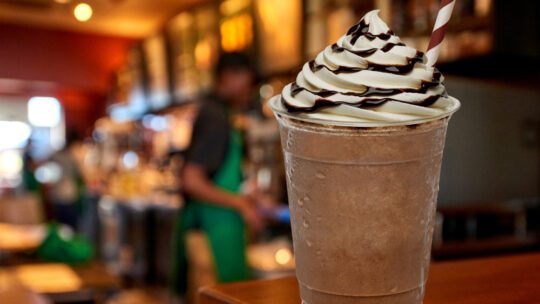
Recently two major QSR brands had very different weeks on Wall Street and in the press. Domino’s smashed Wall Street expectations with a 5.6% increase in same-store sales, sending the stock price and media coverage through the roof. Starbucks, on the other hand, took fire from prominent media pundits, and saw its stock price crash by 12% after reporting a 4% drop in sales.
Every publicly traded company has a bad report here and there. So one poor financial showing isn’t really noteworthy by itself. What compounds the problem and leads to the worst kind of viral media coverage is company leadership shirking accountability by saying sales dropped because customers ordering through the Starbucks app were impatient.
Where Starbucks Went Wrong
On Starbucks's quarterly earnings call, CEO Laxman Narasimhan said during the coffee chain's busiest morning hours “customers using Mobile Order & Pay put items into their cart and sometimes chose not to complete their order [due to] long wait times.” He also claimed that “severe weather impacted both U.S. and total company comp by nearly 3%.”
The narrative got worse when CNBC host and investment guru Jim Cramer pushed back on Narasimhan’s claims, saying that other brands in the QSR space didn’t experience the same struggles due to "weather." Even worse, when Cramer asked why Starbucks hadn’t warned investors about the shortfall, Narasimhan deflected saying that the company had been “working on action plans” instead.
And then former CEO Howard Schultz piled on in a LinkedIn post with criticism that directly contrasted the company’s focus on “occasional customers” whose frugality were blamed for the losses.
“The company’s fix needs to begin at home: U.S. operations are the primary reason for the company’s fall from grace," he wrote. “The stores require a maniacal focus on the customer experience, through the eyes of a merchant. The answer does not lie in data, but in the stores.”
Like investors, both Cramer and Schultz recognized the tone-deaf nature of the spin coming from Starbucks’ leadership. Narasimhan’s solutions essentially amounted to “improve the app speed” and “send out coupons” (read: throw money at the problem).
How Starbucks Can Recover
I have a different idea—and it’s a strategy for every CEO who needs to turn the ship around in the middle of a bad press cycle.
First, set expectations. If Narasimhan heeded Cramer’s suggestion and told investors ahead of time that they could expect a tough report, he could have earned their trust by explaining the long-term plan before the report came out. That could have softened the stock fall, saved the need for an MBA word salad when scrambling to respond to bad media coverage, and reduced the negative media attention.
Second, “use every word you need and none that you don’t” applies most during times of crisis. Starbucks didn’t actually shirk responsibility for losing sales, but the media focused on the word salad explainer that seemed to do so.
Lastly, follow Schultz’s advice to focus on core audiences. Instead of throwing words and money at every potential customer, prioritize those who spend the most money with you. You’ll have better products and service, improve on marketing and branding outcomes, and drive better profits.
Last week’s message from Starbucks should have been simple: "Inflation is making life tough for expensive brands. We’re a decades-old company that has made a lot of investors really happy over time, so hang with us because we’re still a wise investment."
Instead, it blamed customers. And investors and the media reacted appropriately.
